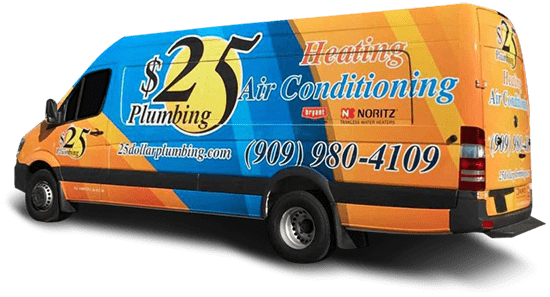Pollutants are everywhere, and they can travel very quickly through the air. Poor air quality in your home can lead to a variety of health complications and aggravate pre-existing conditions like asthma and heart disease.
There are small changes that you can make that will significantly improve the air quality of your home.
1. Air Duct Cleaning
Air duct cleaning is an excellent place to start when trying to improve your home air quality. Air duct cleaning consists of cleaning and replacing the various components of your home heating and cooling systems.
Ensuring that your systems are correctly installed and are well functioning can make a big difference and save you money on energy costs in the long run.
Because of their consistent use, these systems can become contaminated by the accumulation of pollutants or mold. Routine checks and cleaning can help you to keep your systems clean before health complications arise.
2. Keep Your Rugs and Carpets Clean
Rugs and carpets can trap pollutants in their dense fibers. These pollutants may not be visible, but they can have surprising effects over time.
The pollutants, such as pet dander, debris from the outdoors, and installation emissions, can be reduced by vacuuming regularly and shampooing your rugs and carpets as often as possible.
3. Install a Carbon Monoxide Detector
Carbon monoxide poisoning causes dangerous medical complications if the levels exist in high concentrations within your home. Health complications can include nausea, fatigue, reduced brain function, chest pains, and temporary flu symptoms.
There are several things you can do to monitor and reduce your exposure to carbon monoxide.
Be sure to have your gas appliances appropriately adjusted, and if possible, install an exhaust fan over gas stoves. Installing a smoke and carbon monoxide detector can help you to catch irregular emission levels in your home.
For good measure, also consider having a trained professional come to inspect, clean, and repair your central heating system.
4. Improve Ventilation
Proper ventilation is essential for quality airflow in the house. Lousy ventilation can increase pollutant levels by not bringing in a sufficient amount of fresh air to dilute emissions from indoor pollutants.
You can improve your home ventilation by installing a home ventilation system, or by simply opening the doors and windows a few times a day to let in some fresh air.
For homes in more extreme climates, a ventilation system may be better for temperature regulation.
5. Cut Out Smoke and Aerosols in the Home
Some of the pollutants in our homes come from products that we use for everyday tasks.
Aerosol air fresheners, aerosol cleaning products, hairsprays, and tobacco smoke are examples of these emissions. These products contain volatile organic compounds, or VOCs, such as formaldehyde and xylene.
You can reduce these pollutants in your home by smoking outside and replacing your cleaning and maintenance products with VOC-free substitutes.
6. Keep Track of Pet Dander
Shedding can be a common concern for those with pets. Though it can be tedious, keeping up with pet dander can make a huge difference in improving your home air quality.
Aside from natural shedding, outdoor pets tend to bring in particles and debris from the outdoors.
To reduce the impact of pet dander, be sure to vacuum regularly and try brushing your pets outdoors to avoid spreading the dander inside. It is also essential to make sure that your pet’s bed or litter box is not right next to the vents in your home.
7. Add Plants as a Natural Air Filter
Plants are nature’s air conditioners. Through the natural process of photosynthesis, plants use light to attract carbon particles in the air and release fresh oxygen particles back into the atmosphere. A few plants in your home can help to clean out harmful emissions while refreshing the quality of the air.
8. Try Beeswax or Soy Wax Candles
Many candles are made with a hazardous chemical called paraffin, which is made from petroleum and contains several carcinogens. Soy and beeswax-based candles are great replacements because they have the same fragrance and burning capability, but “burn clean,” meaning that they do not produce any harmful emissions or petro-carbon soot.
9. Check for Mold
Mold develops in areas of the home where moisture, or condensation, can collect. Mold can cause health problems like allergic reactions, asthma, or other respiratory issues.
The best way to prevent and control mold is to control the moisture levels in your home. It is advised that indoor humidity in a home should be between 30 and 60 percent. Improving ventilation, using air conditioners, dehumidifiers, and addressing all leaks and plumbing issues can help to reduce mold and keep it from coming back.
Want to Learn More?
If you would like to learn more about how you can improve your home air quality, please feel free to call $25 Plumbing, Heating & Air Conditioning at (909) 443-2804 or fill out this online form to schedule an appointment.
Contact $25 Plumbing, Heating & Air Conditioning
You are our number one priority. We take pride in being up front and honest with all our pricing and service agreements. Our technicians will be with you every step of the process in getting your home or office back up and running. Emergency services are also provided, 24/7.

Do You Have Specific Questions for Our Plumbers or Technicians?



